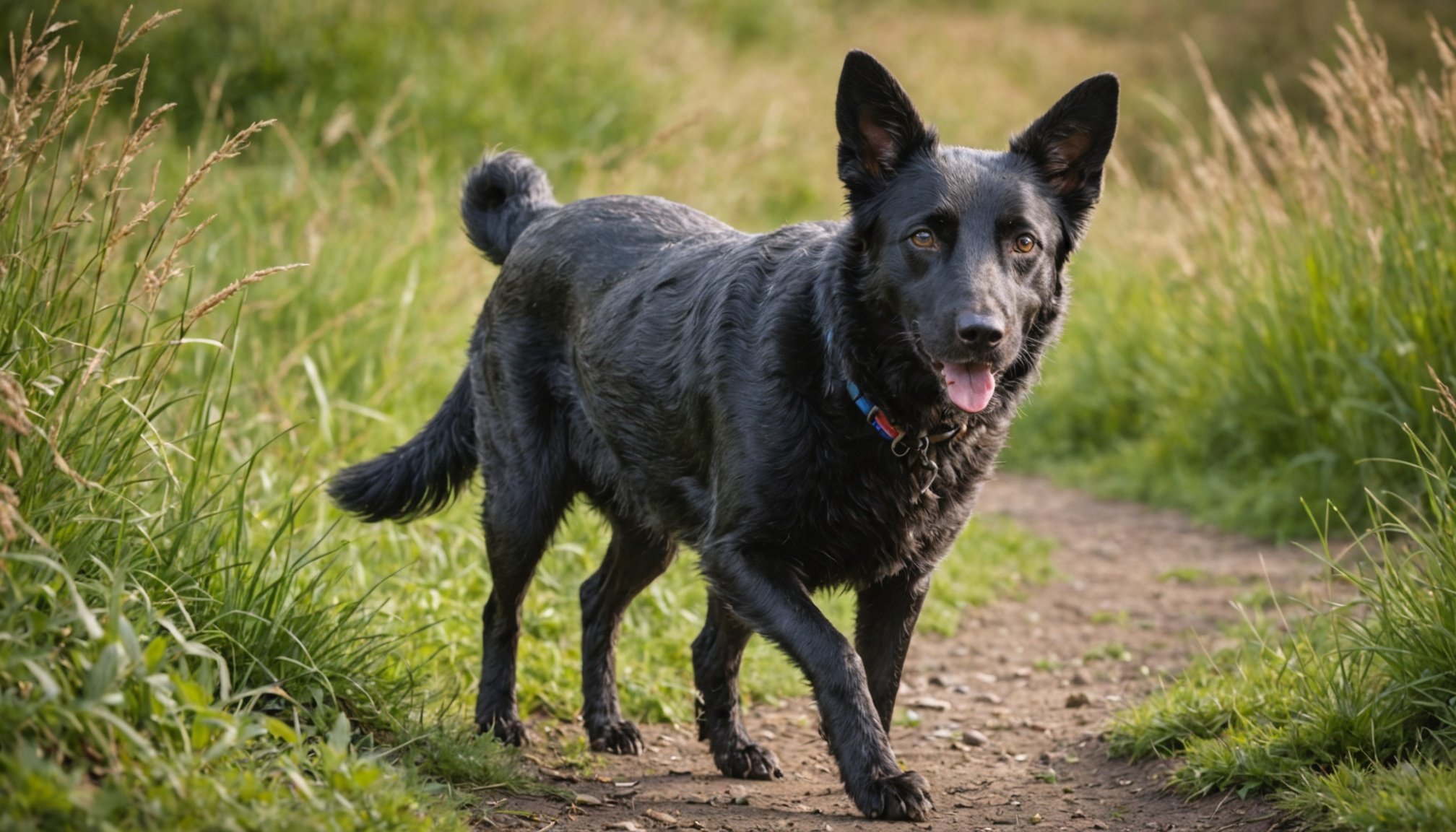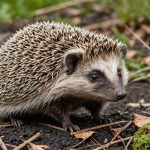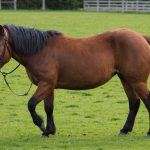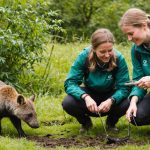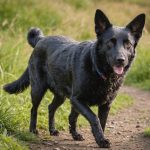Understanding the Impact of Pets on Local Wildlife
Pets and wildlife interaction can lead to significant changes in the ecosystems of UK nature reserves. While pets, like cats and dogs, are beloved members of many families, their presence in nature reserves can disturb local wildlife populations. These disturbances might include predation, chasing, or even stress-related impacts on various species.
In many UK nature reserves, wildlife species such as hedgehogs, ground-nesting birds, and small mammals are commonly found. These species are highly susceptible to disruption from pets. Understanding the dynamics of these interactions is essential for maintaining ecological balance.
En parallèle : Reviving Urban Ecosystems: The Impact of UK”s Canal Restoration Projects on Biodiversity
Research findings have shown that pet-wildlife interactions can lead to ecological consequences such as decreased bird populations and stress-induced behavioural changes in small mammals. For instance, free-roaming cats have been linked to the significant decline of certain bird species due to predation.
Promoting awareness among pet owners about the impact of their animals on local wildlife is crucial. Encouraging responsible pet behaviour, such as keeping cats indoors or dogs on leashes in sensitive areas, can help mitigate these effects. Through informed choices, it is possible to foster a harmonious environment for both wildlife and our cherished pets.
A lire en complément : Unlocking the Rewards of Wildlife Conservation Volunteering in the UK: Why You Should Get Involved!
Guidelines for Responsible Pet Walking in Nature Reserves
Walking your pet in nature reserves requires a deep awareness of responsible pet ownership practices. Abiding by these guidelines helps preserve the environment and wildlife.
Leash Laws and Regulations
Understanding and following leash laws is crucial. Many nature reserves enforce strict leash requirements to protect local wildlife and your pet. Violations can lead to fines or restricted access. Ensure your leash is sturdy and keep your pet close to avoid unwarranted interactions with other animals.
Best Practices for Pet Behavior
Encouraging good behaviour in pets is another aspect of responsible pet ownership. Train your pet to respond to commands such as “sit”, “stay”, and “come”. Carry waste bags at all times to clean up after your pet, maintaining the cleanliness and habitat integrity. Also, be conscious of your pet’s impact on smaller creatures who share the trails.
Zones with Restrictions
Some regions within nature reserves might have pet access restrictions. These areas typically include sensitive ecosystems where wildlife could be disrupted by pets. Check signs and reserve maps to identify such zones. Many reserves provide designated pet-friendly areas, allowing pets to explore nature responsibly, ensuring a harmonious coexistence.
Ecological Considerations of Pet Walks
Owning a pet comes with responsibilities, particularly when considering the ecological impact of pets on local environments. Pets, especially dogs, can disrupt local ecosystems during their outdoor excursions. They might disturb wildlife, creating potential threats to sensitive habitats. For instance, pets wandering off-path might trample on delicate vegetation or distress native species, quickly shifting ecological balance.
Wildlife habitats, especially those hosting rare species, require careful attention from pet owners. Animals like ground-nesting birds are particularly vulnerable to disturbances. Responsible pet ownership means understanding these dynamics to mitigate negative impacts. By keeping pets on leashes, staying on designated trails, and avoiding restricted areas, owners minimize disruptions.
Pet owners play a pivotal role in wildlife conservation efforts. By educating themselves about local ecosystems, they align their walks with conservation-friendly practices. It’s not only about reducing harm but actively participating in preserving biodiversity. Pet walks are a chance to explore nature while respecting its inhabitants. Understanding how daily activities affect ecosystems can lead to more informed and eco-conscious decisions for both the well-being of pets and the natural world.
Benefits of Nature Reserve Walks for Pets
Embarking on a nature reserve adventure with your pet is more than just a change of scenery. It offers a gateway to numerous benefits of nature reserve visits.
Exercise and Mental Stimulation
Nature reserves provide ample space for pets to stretch their legs, promoting physical health and strength. Running across varied terrains enhances their endurance and agility. Beyond physical benefits, these environments are instrumental in mental stimulation. The diverse array of smells, sounds, and sights engage a pet’s inquisitive nature, fostering a sharper and more alert mind.
Socialization Opportunities
Exploring these reserves isn’t solely an exercise routine; it’s a social experience. Interacting with fellow pets and spotting other wildlife enrich their socialisation skills. These encounters can make your companion more adaptable and confident in novel and unpredictable environments.
Exposure to Natural Environments
Prolonged exposure to natural environments supports the overall welfare of pets. Navigating through rivers, forests, and open fields offers them a sensory playground. Such experiences are paramount in improving pet welfare, as they thrive on novel experiences. These interactions nurture a resilient, happier pet, ready to tackle everyday challenges with vigour and zest.
Expert Tips for Pet Owners
Navigating the joys and challenges of pet ownership requires insightful guidance, especially when it comes to maintaining harmony with wildlife. Here, we provide expert advice for pet owners aiming to balance their pets’ freedom with responsibility.
Recommendations from Wildlife Experts
Wildlife experts suggest a few essential steps to ensure your pet doesn’t disrupt natural habitats during walks. First, always keep your pet on a leash in areas where wildlife is present. This simple action not only protects local fauna but also safeguards your pet from unforeseen dangers. Regularly check local advisories for any updates on wildlife activity in your area, as this will help avoid potential encounters.
Safety Tips for Nature Reserves
When exploring nature reserves, it becomes imperative to emphasise safety. Ensure your pet is up-to-date with vaccinations and parasite control, reducing the risk of disease transmission. Carrying a basic first aid kit tailored for pets is also advisable. Clean up after your pet to prevent any negative impact on the environment.
Resources for Further Education
To deepen your understanding of pet care and wildlife protection, consider accessing reputable online courses, printed guides, or consulting with local wildlife organisations. This proactive approach not only enriches your knowledge but also supports the broader mission of wildlife conservation.
Case Studies and Real-Life Examples
Understanding the interaction between pets and wildlife offers valuable insights into fostering a harmonious environment. Through detailed examination of successful initiatives, consequences of negligence, and active community involvement, this section sheds light on pivotal case studies.
Successful Initiatives in Pet Management
Innovative programs have been developed to combine pet management with wildlife protection. For instance, certain parks enforce scheduled pet-walking times, separating these from peak wildlife activity periods. Such measures have ensured a balanced ecosystem by minimizing incidents of stress or harm to wildlife. Additionally, educational campaigns have been pivotal in teaching pet owners how to engage their pets without disturbing natural habitats. These initiatives show how strategic timing and education can serve as effective tools for wildlife preservation.
Consequences of Negligence
Unfortunately, there have been cases where inadequate pet management adversely affects wildlife. Incidents of pets disturbing nesting sites or chasing vulnerable animals illustrate the potential negative impacts. Negligence in pet supervision and lack of awareness regarding local wildlife can lead to destruction of natural habitats and stress to fauna, underscoring the need for informed pet ownership.
Community Involvement in Preservation
Communities play a vital role in promoting responsible pet practices. By organizing workshops and nature reserve activities, local groups help raise awareness about the responsibility of pet forethought. These efforts foster a culture of balance, ensuring both pet enjoyment and wildlife conservation are prioritized in shared spaces.

